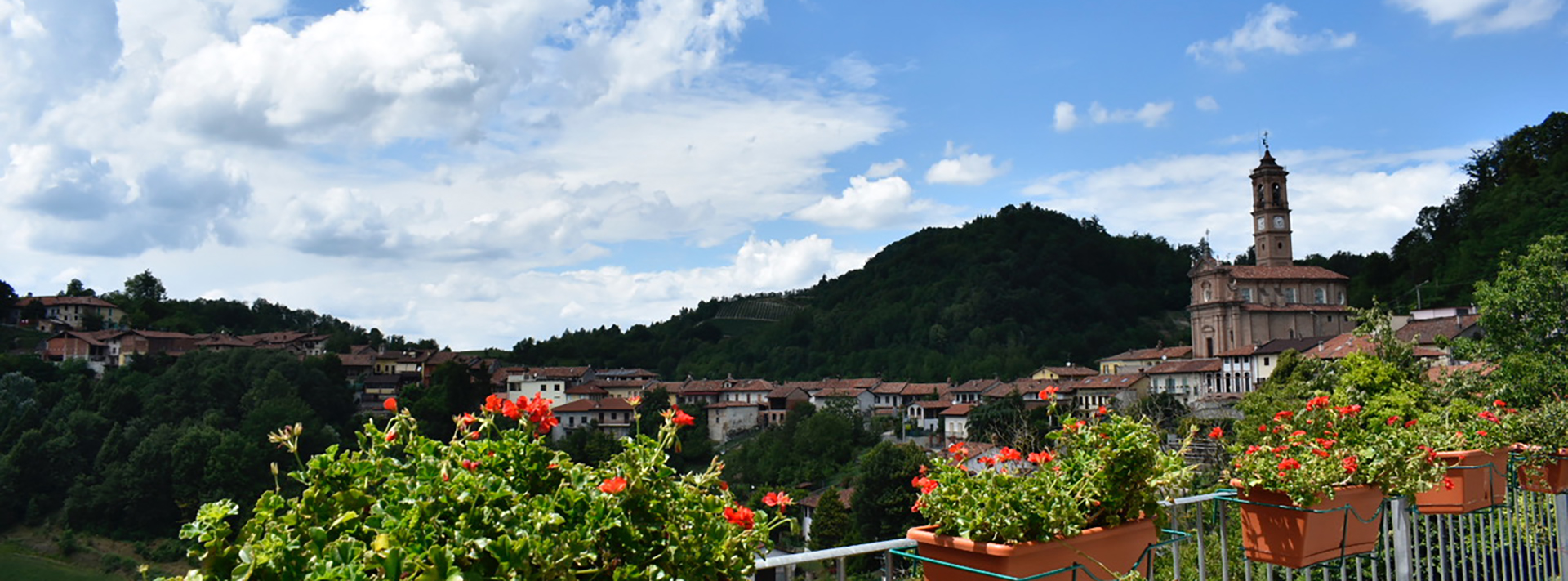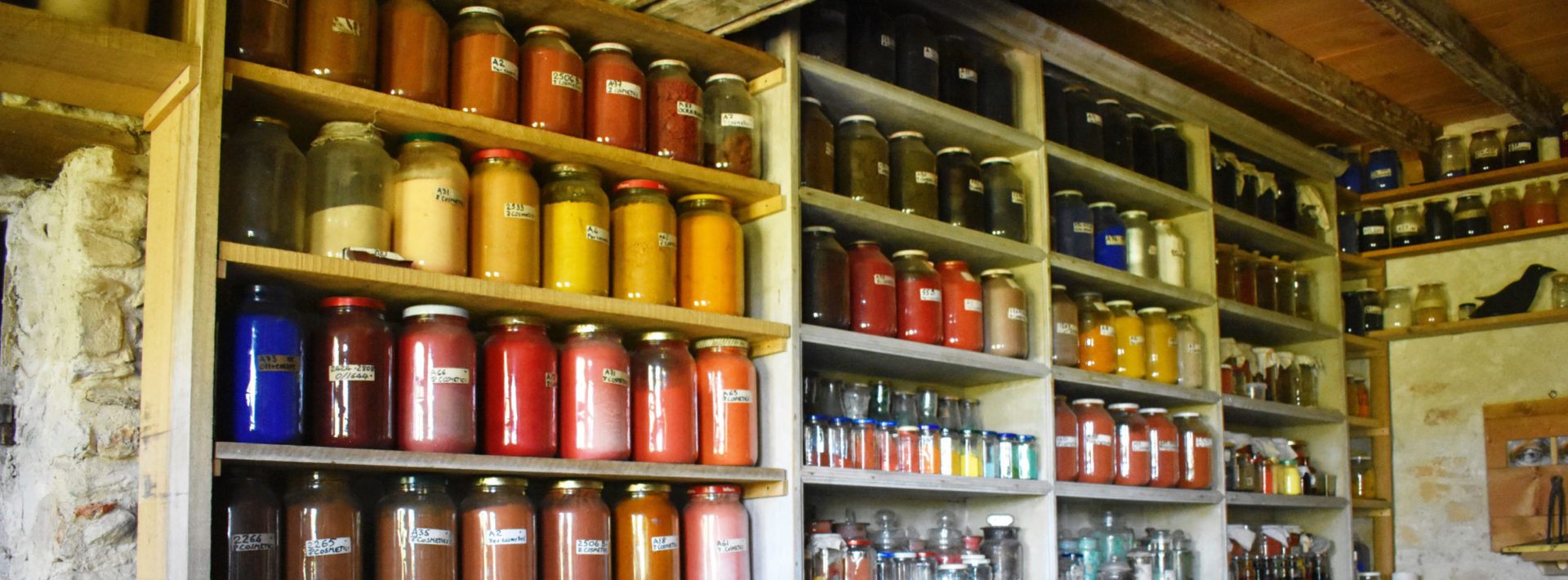ONE-MA3 2017: Is That a Pillow?

[fusion_text]By Sierra Rosenzweig
It was now time for ONE-MA3 to leave the big city and head for the hills of Aramengo, which I was very excited about. We climbed past flowers and trees into a town of just over 600 people. The view upon entry of the town was pristine and untouched by spray-paint or factory pollution.

The view of Aramengo from one of the restaurants at the edge of town
After arriving, we immediately began exploring the town. We first toured a private house full of paintings under restoration and collections of ancient gadgets. While the owner of the house was showing us his goods from Egypt, Professor Masic caught sight of what looked like wooden props. He explained that they were “Egyptian pillows.” Professor Masic then grabbed two of them from the shelf where they were propped, handed one to Max, and laid on the floor to begin relaxing. He claimed that it was the most comfortable pillow that he had ever been on, and that he wanted to market them in America (I’ll personally stick with my down pillow and pass on the wood one). This was just one of the many foreign goodies that we discovered in the house.

Max and Professor Masic relax on the Egyptian Pillows
After we finished our fun tour of the city, it was time to transition into chemical work. Professor Masic and his colleague, Marco, lectured on the composition and history of Egyptian blue, the first synthetic blue pigment created by man.

Professor Masic lectures on the composition of Egyptian blue
After learning about Egyptian blue, we began crafting our own batches of the pigment. We measured out chemicals, ground them, and then heated all of it to finalize our concoction. We have to wait multiple days for our batch to turn the full blue color, so we plan to experiment with the other colors found in Aramengo while we wait.

Zoe and Muji measure the correct mass of Calcium Carbonate needed for their Egyptian blue
This summer, Professor Admir Masic is leading a program on Materials in Art, Archaeology and Architecture (ONE-MA3), in which MIT undergraduates are conducting three weeks of fieldwork in Privernum, Pompeii and Turin as a prerequisite for the Fall 2017 MIT course, 1.057 Heritage Science and Technology. The program involves real-world analysis of ancient infrastructures and materials and focus on teaching ways to improve sustainability of the future through the study of ancient successes. [/fusion_text]



